Ventilation of a sewage system in a private house: general design rules and elimination of odors
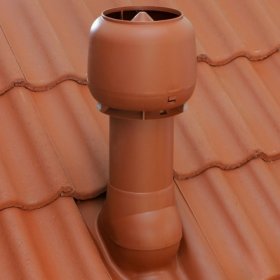
In order to create comfortable living conditions in a private house, it is mandatory to equip sewage ventilation. It will ensure that there is no unpleasant odor in the premises. Each plumbing fixture is equipped with a siphon (a bent pipe, inside of which there is always water). Due to this, a water seal is created from the septic tank. This is the first condition to prevent the spread of unpleasant odors. But with an intensive discharge of water simultaneously from the bathroom and the toilet, the air in the sewer is discharged, the pressure drops sharply. As a result, water from siphons goes into the pipe and air from the septic tank can flow unhindered. How is sewage ventilation arranged in a private house to protect itself from such unpleasant phenomena? Let's look into this issue.
Device Rules to Follow
Sewerage ventilation in a private house has been said to be mandatory. It will prevent the spread of odors in the rooms of the bathrooms. If the house has several risers, they are combined into a common ventilation system.
There are several basic rules for the installation of ventilation risers in a private house:
- the exhaust pipe is led to the roof of the house, to a height of not less than 1 m;
- if several ventilation systems are combined into one, it is necessary to use pipes of the same diameter (usually 50 or 110 mm);
- there is no need to install a cap on the outlet of the ventilation pipe, because condensation may form, which in winter forms ice plugs;
- it is forbidden to combine sewage ventilation with a chimney or with the general ventilation system of a private house;
- the ventilation pipe should be located at least 4 m from the windows of the last floor and balconies;
- It is not recommended to mount the ventilation pipe under the roof overhang, since snow and ice coming down from the roof in winter can damage it.
Properly equipped sewage ventilation will ensure a comfortable stay in a private house and prevent the entry of gases and odors into its premises.
Pipe Selection and General Design
Consider the option of a multi-storey private house. If bathrooms are installed on each floor, then simultaneous discharge from all floors can enhance the absorption of water from siphons. For this reason, the sewer pipe must be brought out through the roof. Its height should be more than 4 m from ground level. Only in this case:
- water will remain in the hydraulic gates;
- when draining, an air lock will not be created;
- unpleasant odors will not spread in the rooms.
For ventilation of the sewerage it is recommended to use pipes made of plastic. They are lightweight, their installation is simple, they are equipped with all the elements necessary for connecting.Almost any man with minimal skills in repair and construction can mount ventilation from plastic pipes.
The pipe is led out through a special ventilation duct, which is provided for when designing a house.
If the installation of the pipe for some reason was not provided by the project, it can be mounted with the horizontal outlet to the wall, covering the outside with a decorative outlet.
It's important to know! In a one-story house, the ventilation pipe may have a diameter of 50 mm, in multi-story buildings - at least 110 mm.
In areas with severe winters, the pipe should be insulated to prevent its icing at the outlet.

The ventilation pipe can be mounted with a horizontal outlet into the wall, covering the outside with a decorative outlet
If there are any difficulties with the ventilation device (for example, expensive) or it is not possible at all, there is another solution to the problem - ventilation of the sewage system using vacuum-type valves.
Installation of vacuum valves
Installation of vacuum valves is carried out inside the house at the end of the sewer riser.
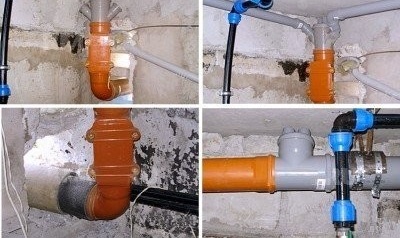
A vacuum valve mounted at the top of the riser is triggered when discharged and does not allow unpleasant odors to exit the riser.
Their device and principle of operation:
- the valve has a spring with a small resistance, as well as a rubber tight seal;
- when discharged into the sewer from drains moving along the riser, the valve immediately activates - it opens, passing air from the room into the sewer system. As a result, the discharge is quenched;
- after the pressure in the room and the sewer system is equalized, the spring is activated, closing the valve hole and thereby preventing the smell of bad smell from the sewer riser into the house.
Vacuum valves cannot, however, be a complete replacement for ventilation fan pipes.
Over time, they become clogged and fail. In addition, vacuum valves will not be able to eliminate the smell of sewers if the water has dried in siphons installed to plumbing fixtures.
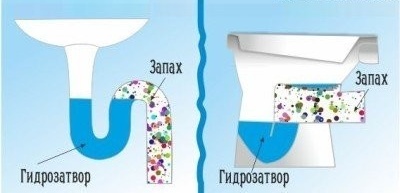
A layer of water in the water seal is a reliable barrier to the entry of sewer odors into the apartment
It is important! A water trap is a mandatory attribute of all wastewater receivers mounted in the sewer system. Even the best ventilation of the sewage system in its absence will not be able to fully guarantee the removal of unpleasant odors.
If it is not possible to place the check valve on the riser, it is installed on any section of the horizontal pipe leading to the sewer riser.
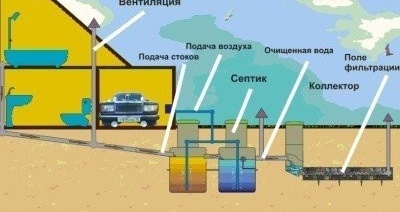
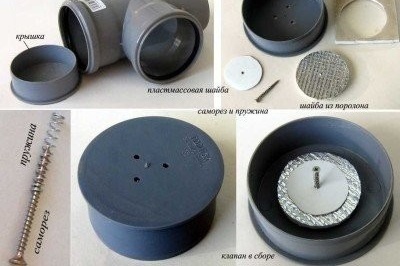
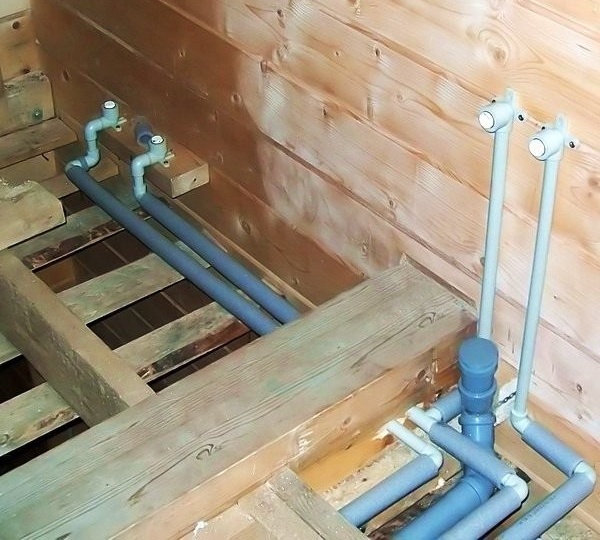

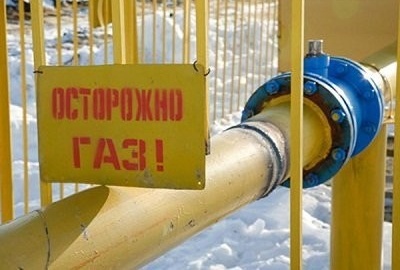
3 comments